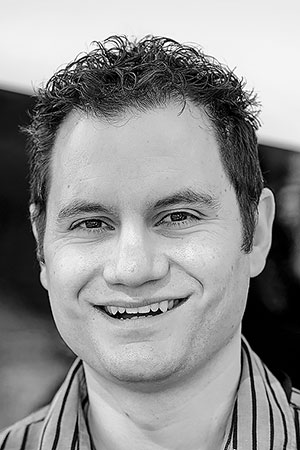

By JASON WEIGANDT ![]() @JASONWEIGANDT
@JASONWEIGANDT

By JASON WEIGANDT ![]() @JASONWEIGANDT
@JASONWEIGANDT

ith Adam Cianciarulo securing the 250 Class Pro Motocross Championship, it not only puts Mitch Payton’s Monster Energy/Pro Circuit Kawasaki team back on top, but also Kawasaki’s bottom-up system of talent development with Team Green.
The squad is undoubtedly the most consistently successful amateur team in the business, but things have gotten tougher lately. Following the world economic crash, Kawasaki kept the budget flowing at the top end, paying Ryan Villopoto handsomely—and RV, a Team Green product, kept winning Monster Energy Supercross 450SX Championships. But when Villopoto retired, Kawasaki, for the first time, didn’t have a ready replacement in the pipeline. Teams like GEICO Honda and Star Racing Yamaha had made a stronger push for amateurs, signing many of the top prospects. By 2015, Villopoto was off to an unsuccessful foray into MXGP racing, and Kawasaki tried a Davi Millsaps-Wil Hahn team that barely got going. Reid Nordin, the longtime Team Green head who had moved into a senior role with Kawasaki Racing, moved on.


Of course, much trouble could have been avoided if Cianciarulo hadn’t gotten hurt while leading the 2014 250SX East Region points in his rookie season. Then came more injuries, and it all went to hell, to the point where Cianciarulo’s future was unclear. Pro Circuit won just one championship from 2013 through 2018.
Team Green stuck with its fundamental principles. I found myself discussing this with Payton and Stjernstrom during a late-night bench racing session at Loretta Lynn’s this year. Other teams have followed by signing talent at younger and younger ages, but wading that deep into amateur waters means dealing with strange scenarios. Now you have to work with kids and their parents, and some of these parents are far from normal.
So how does a team deal with it? How do they separate a crazy parent from a talented rider? They don’t. Payton and Stjernstrom admitted they’ve dealt with plenty of difficult moms and dads, but they don’t push them away. In their experience, that results in bigger problems down the road.
You wouldn’t think a team would spend millions of dollars to win races yet also willingly sabotage their riders, but in amateurs it’s an accusation parents will make. Favoritism between riders is another greatest hit. Stjernstrom and Payton know that if a team tries to poison the relationship between rider and parent, the parent will try to poison the relationship between rider and team. So even when it’s tough, they pledge to work with the parents.
Of course, some moto parents never create trouble in the first place, but when you consider how much time, effort, money, and sacrifice go into this sport, not every mom and dad will just enjoy the ride. Stjernstrom learned this a long time ago; he’s now listed as the U.S. boss of Kawasaki racing, but he says his early days with Team Green provided the most valuable lessons of all. Learning to understand the complicated rider-parent dynamic, and how to treat riders and their family through each stage, is as important as building the best motorcycle or handing out the biggest free-agent checks. With Cianciarulo and Forkner’s success this year, Team Green is finally back to helping the professional green team win races. They already know that’s the most effective way to do it. ![]()

